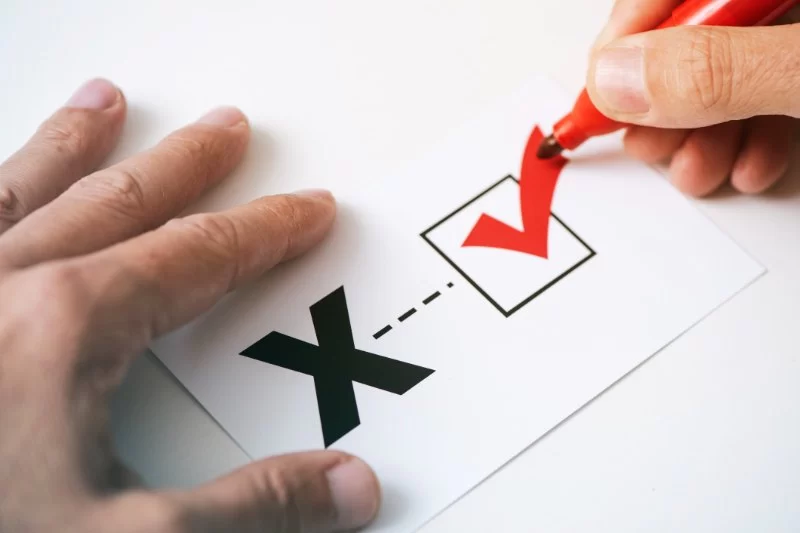
- changing-gender-markers-on-ids-legally-and-socially - Changing Gender Markers on IDs: Legally and Socially
- what-the-new-legal-standards-actually-say - What the New Legal Standards Actually Say
- state-and-country-specific-variations-in-policy - State and Country-Specific Variations in Policy
- real-life-impacts-on-trans-and-non-binary-individuals - Real-Life Impacts on Trans and Non-Binary Individuals
- legal-barriers-and-breakthroughs-worth-knowing - Legal Barriers and Breakthroughs Worth Knowing
- guidance-from-esplawyers - Guidance from ESPLawyers
1. Changing Gender Markers on IDs: Legally and Socially
Changing gender markers on IDs was once a complicated and often stigmatized process. Today, however, shifting social attitudes and emerging legal standards are making it easier and more inclusive for individuals to update their documentation to reflect their true gender identity. The recognition of "X" as a non-binary option on driver’s licenses and passports is no longer uncommon, reflecting an evolving definition of gender in government records.
2. What the New Legal Standards Actually Say
Recent laws in countries like the U.S., Canada, Germany, and New Zealand are implementing updated frameworks that no longer require surgery, hormone therapy, or even a medical diagnosis to change gender markers on official IDs. Instead, self-declaration processes are becoming more accepted, putting the individual’s word at the center of identity validation. These legal standards prioritize dignity, privacy, and accessibility while minimizing bureaucratic hurdles.
3. State and Country-Specific Variations in Policy
While federal policies are gaining momentum, state and local laws still vary dramatically. For example, in the U.S., states like California, New York, and Oregon offer streamlined online processes with non-binary options. In contrast, other states still require court orders or proof of gender-affirming procedures. Internationally, Argentina stands out for its progressive 2012 Gender Identity Law, which inspired reform in other countries. Understanding your specific jurisdiction’s policy is essential before proceeding.
4. Real-Life Impacts on Trans and Non-Binary Individuals
For many trans and non-binary people, matching ID documentation isn’t a matter of convenience—it’s about safety and legitimacy. One user from Toronto shared that simply updating their passport gender marker prevented aggressive scrutiny during international travel. Another in Texas said their updated driver’s license helped them gain employment where ID verification was required. These are not just clerical changes—they’re affirmations of identity and dignity.
5. Legal Barriers and Breakthroughs Worth Knowing
Despite progress, challenges persist. Some individuals face issues with inconsistent recognition of gender marker changes across systems—such as healthcare databases not syncing with updated IDs. Others are met with institutional resistance from agencies unfamiliar with current laws. Recent breakthroughs include a 2023 U.S. federal ruling prohibiting denial of gender marker updates based on subjective criteria, setting a precedent that may influence future legal interpretations across states.
6. Guidance from ESPLawyers
Navigating the legal pathways of gender marker changes can be daunting, especially with varying laws and documentation requirements. That’s where ESPLawyers comes in. Their team specializes in identity documentation law and civil rights, helping clients across gender identities secure rightful recognition. Whether you’re facing state-specific red tape or need support during a legal name and gender change process, ESPLawyers offers tailored guidance grounded in both empathy and legal expertise.








